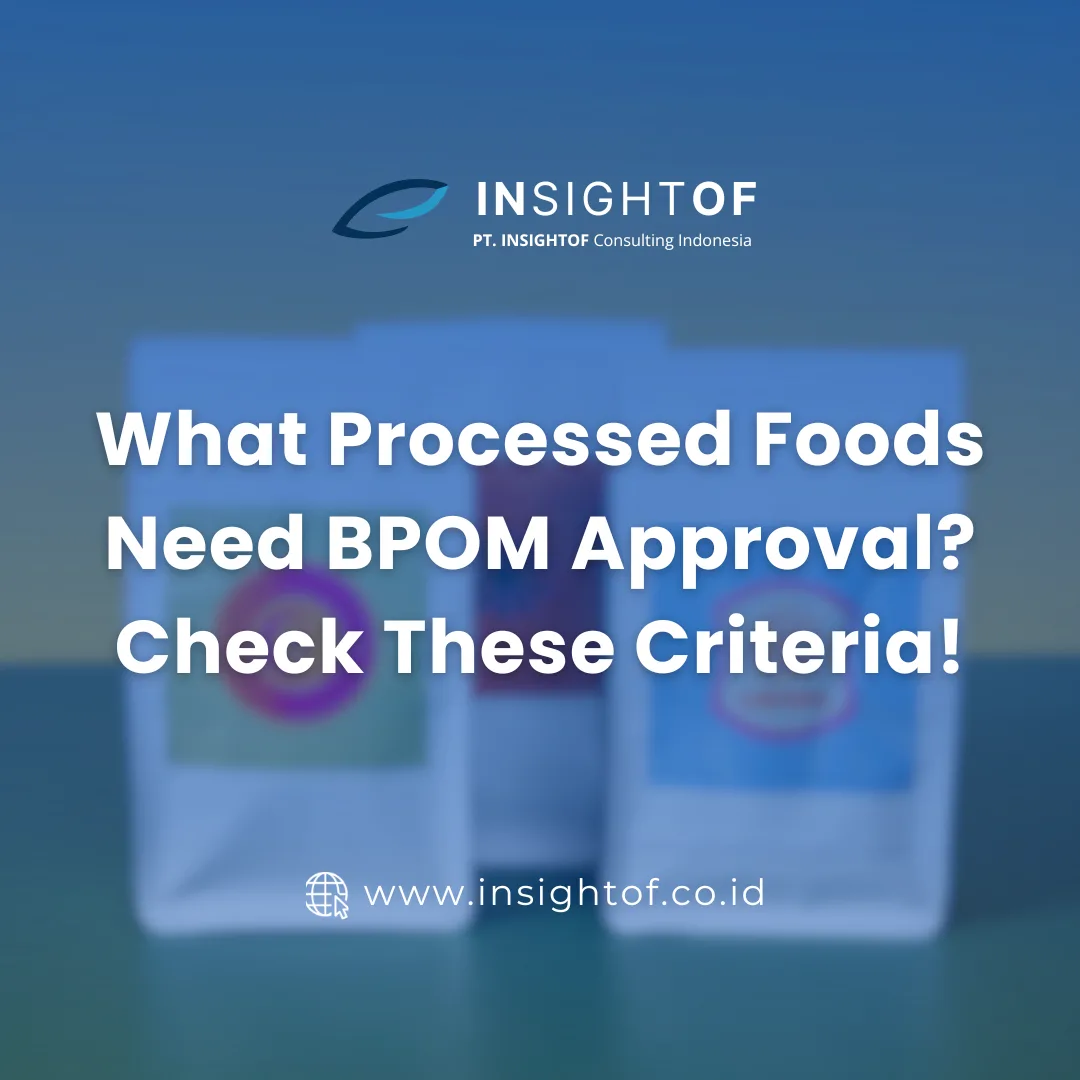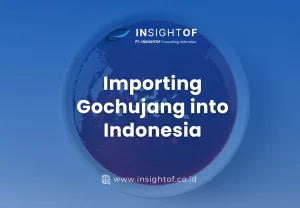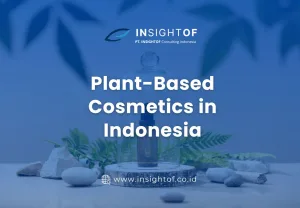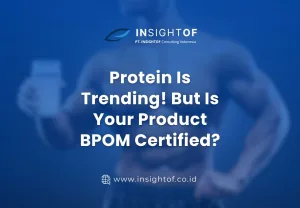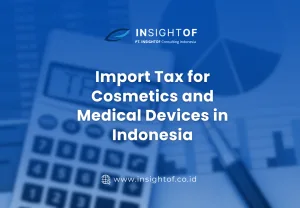Before selling or consuming processed food in Indonesia, it is crucial to understand the regulations set by The Indonesian Food and Drug Authority (BPOM). BPOM is responsible for issuing product registration certificates based on safety, efficacy, quality, and testing standards. This conforms to the rules outlined in relevant laws and regulations.
Processed food refers to food or drink manufacturers process using specific methods, with or without additional ingredients. Not all processed foods need BPOM approval, but those that do must meet strict criteria for safety and quality. BPOM outlines these regulations in Regulation Number 27 of 2017 on processed food registration.

Sources: freepik
Which Processed Foods Must Be Registered with BPOM?
All processed foods, whether domestically produced or imported for retail packaging, must have a Distribution Permit issued by the Head of BPOM. Article 2, paragraph (2) of BPOM Regulation No. 27/2017 specifies five categories of processed foods that manufacturers must register:
a. Fortified Foods
- Foods enriched with additional nutrients, such as milk fortified with vitamin D or cereals with vitamin B.
b. Foods Requiring Mandatory SNI (Indonesian National Standard)
- Foods meeting Indonesian National Standards, such as powdered milk, sweetened condensed milk, dew drinking water, instant noodles, biscuits, and palm cooking oil.
c. Government Program Foods
- Products distributed as part of government programs, such as powdered milk provided through partnerships between the government and international organizations.
d. Foods for Market Testing
- These include food products designed for market testing, allowing producers to ensure their safety before wide distribution to consumers.
e. Food Additives (BTP)
- Substances used to enhance food quality, such as preservatives and colorants. Examples include sodium propionate in yogurt or erythrosine dye in shredded beef products.
Are There Processed Foods That Do Not Require BPOM Registration?
Certain processed foods are exempt from registration requirements, as outlined in Article 3 of BPOM Regulation No. 27/2017. These include:
- Foods produced by home industries that hold a Home Industry Processed Food Production Certificate (SPP-IRT).
- Foods with a shelf life of less than seven (7) days.
- Foods imported in small quantities for:
- Sample registration
- Research
- Personal consumption
- Foods used as raw materials for further processing and not sold directly to end consumers.
- Foods packaged in bulk quantities and not sold directly to end consumers.
- Foods sold and packaged directly in front of the buyer in small quantities as per consumer requests.
- Ready-to-eat foods.
- Foods that undergo minimal processing (post-harvest) without the addition of food additives, except for waxing agents.

Sources: freepik
What Criteria Must Be Met for Processed Food Registration?
Processed foods must meet the following criteria for registration:
- Safety Parameters:
- Maximum limits for microbial, physical, and chemical contaminants.
- Quality Parameters:
- Compliance with applicable quality standards and requirements.
- Nutritional Parameters:
- Meeting established nutritional requirements.
Additionally, processed foods must adhere to labeling regulations, good processed food manufacturing practices, good distribution practices, and good retail practices.
When Should Processed Food Be Registered Separately?
Processed food registration must be submitted separately if there are differences in:
a. Type of food.
b. Type of packaging.
c. Composition.
d. Name and/or address of the production facility within Indonesia.
e. Name and/or address of the production facility abroad.
f. Name and/or address of the importer/distributor.
g. Label design.

Photo by Devin Avery on Unsplash
Examples:
- Products with multiple flavor variants (e.g., grape, orange, strawberry) must be registered individually for each variant. If one package contains assorted flavors, it can be registered as a single submission.
- Products with various weight options (e.g., 50 g, 100 g, 250 g) within the same flavor variant, label design, and packaging type can be registered as a single submission.
Sources:

